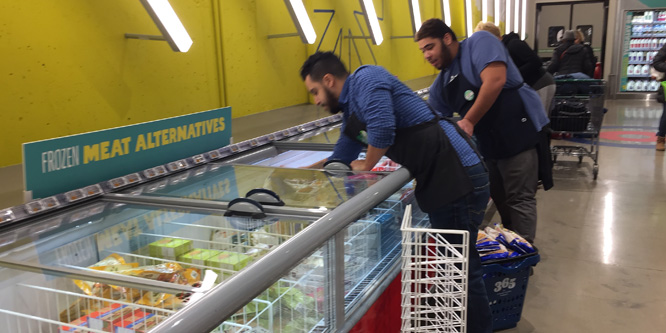Inventories have ballooned nearly three-fold over the last two decades as localization has been embraced to protect market share and profitability. Yet, localization just might hasten the death of certain banners unless steps are taken to control the additional expense and lost sales that will almost certainly result from expanding SKU counts, increasing direct store deliveries (DSD) and a higher number of out-of-stock items in stores.
With local suppliers typically using DSD rather than warehouse delivery for these new SKUs, retailers face forecasting challenges, inventory complexity and additional expenses for check-ins at the store.
However, a few steps can enable retailers to continue localizing store inventories and avoid out-of-stocks, lost sales and operating expenses that can flow from SKU proliferation. These include:
- Improving visibility for the DSD Supplier: When DSD suppliers gain visibility of sales and inventory trends at the SKU/store level, they can modify orders and deliveries to reduce out-of-stocks. This can be done dynamically each day, even at the route level.
- Automating ordering: Many suppliers aren’t equipped to forecast accurately, even if they have access to the critical data they need. Thus, the next step is to automate their ordering processes with tools designed to optimize forecast accuracy.
- Converting suppliers to scan-based trading: Scan-based Trading (SBT), a process whereby suppliers maintain ownership of inventory until items are scanned at the retailer’s point of sale, is more attractive than ever. When suppliers convert to SBT, retailers get immediate balance sheet relief from their inventory carrying costs. Just as importantly, suppliers now have all the incentive they need to manage inventories for maximum return and sales performance.
The key for trading partners is to coordinate their supply and demand chains more than ever before.

